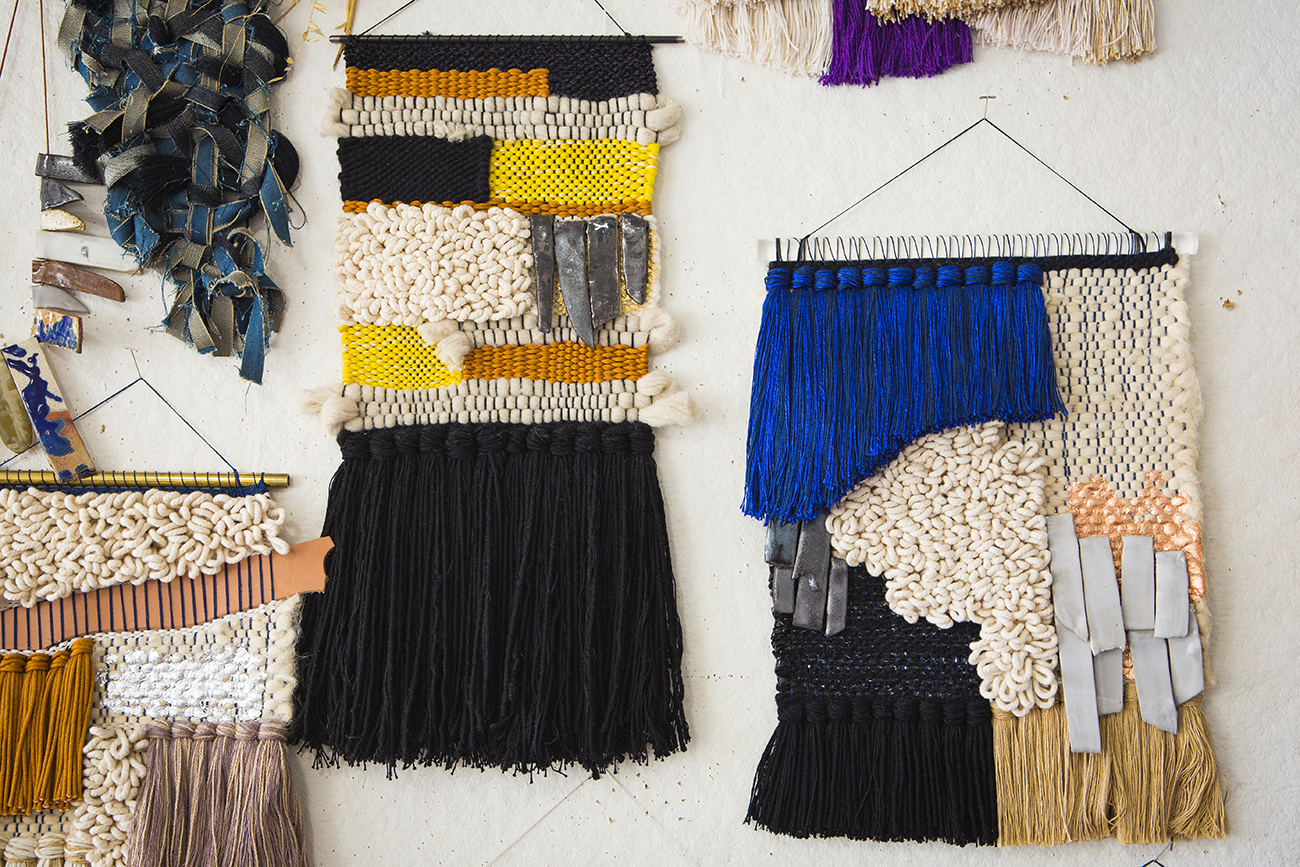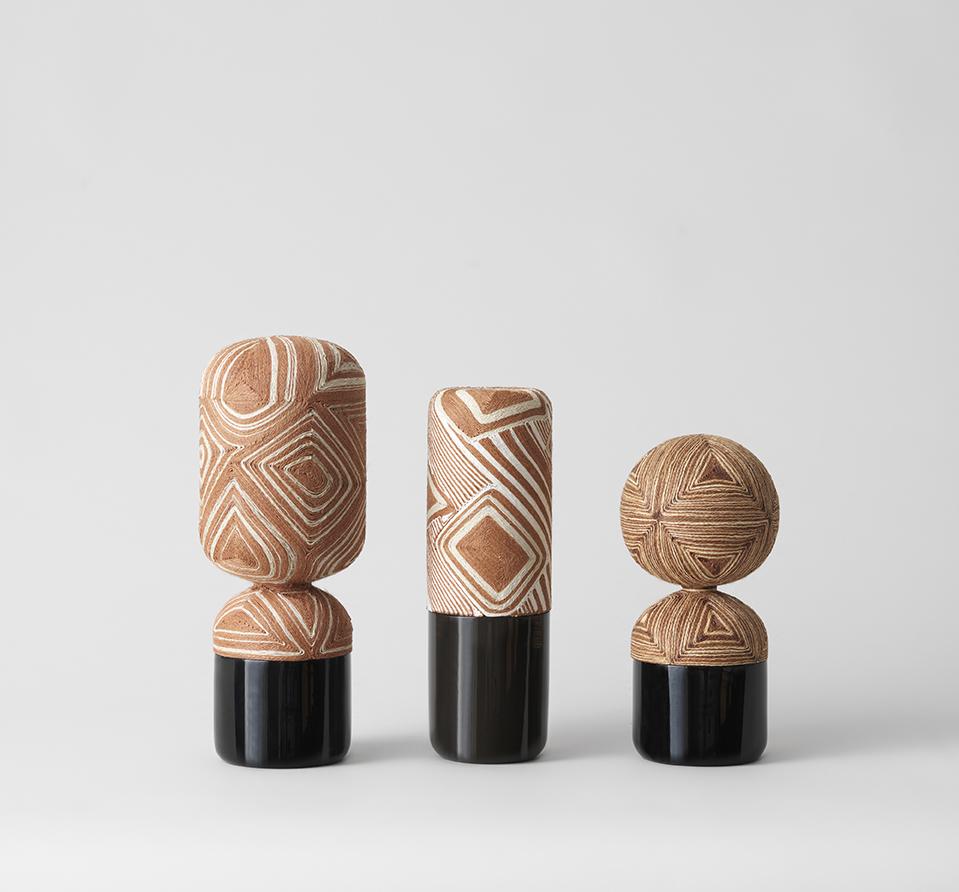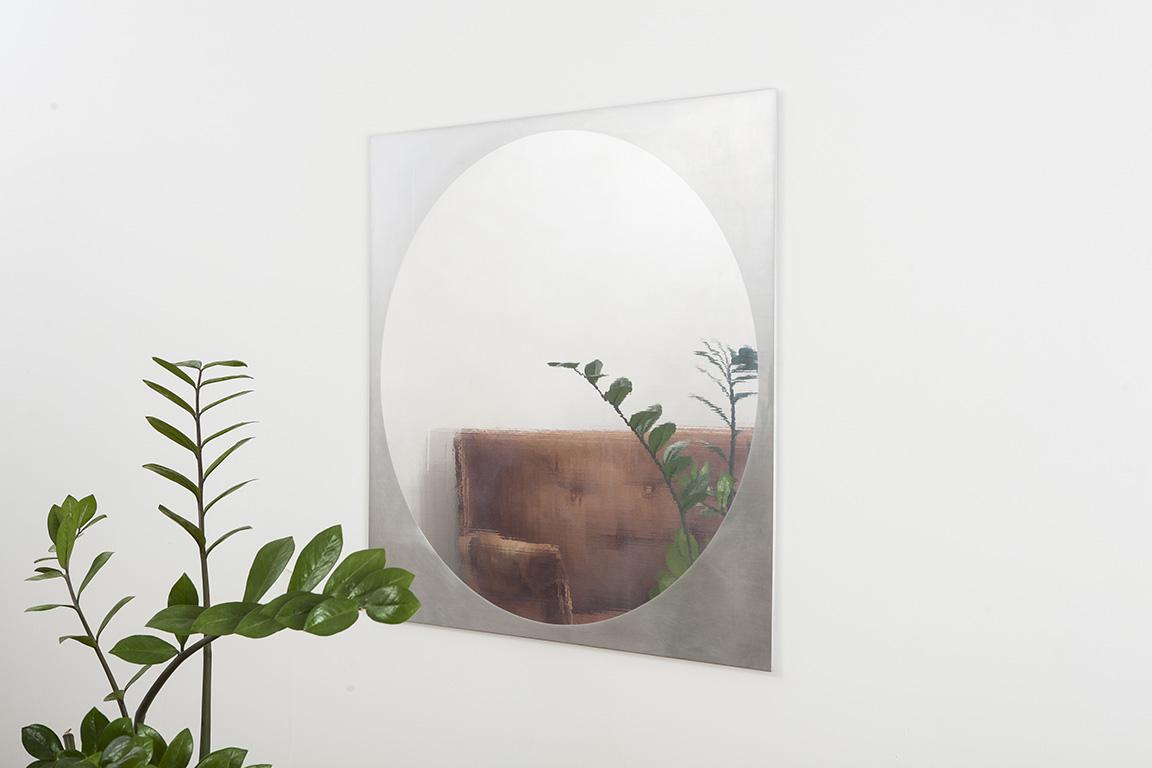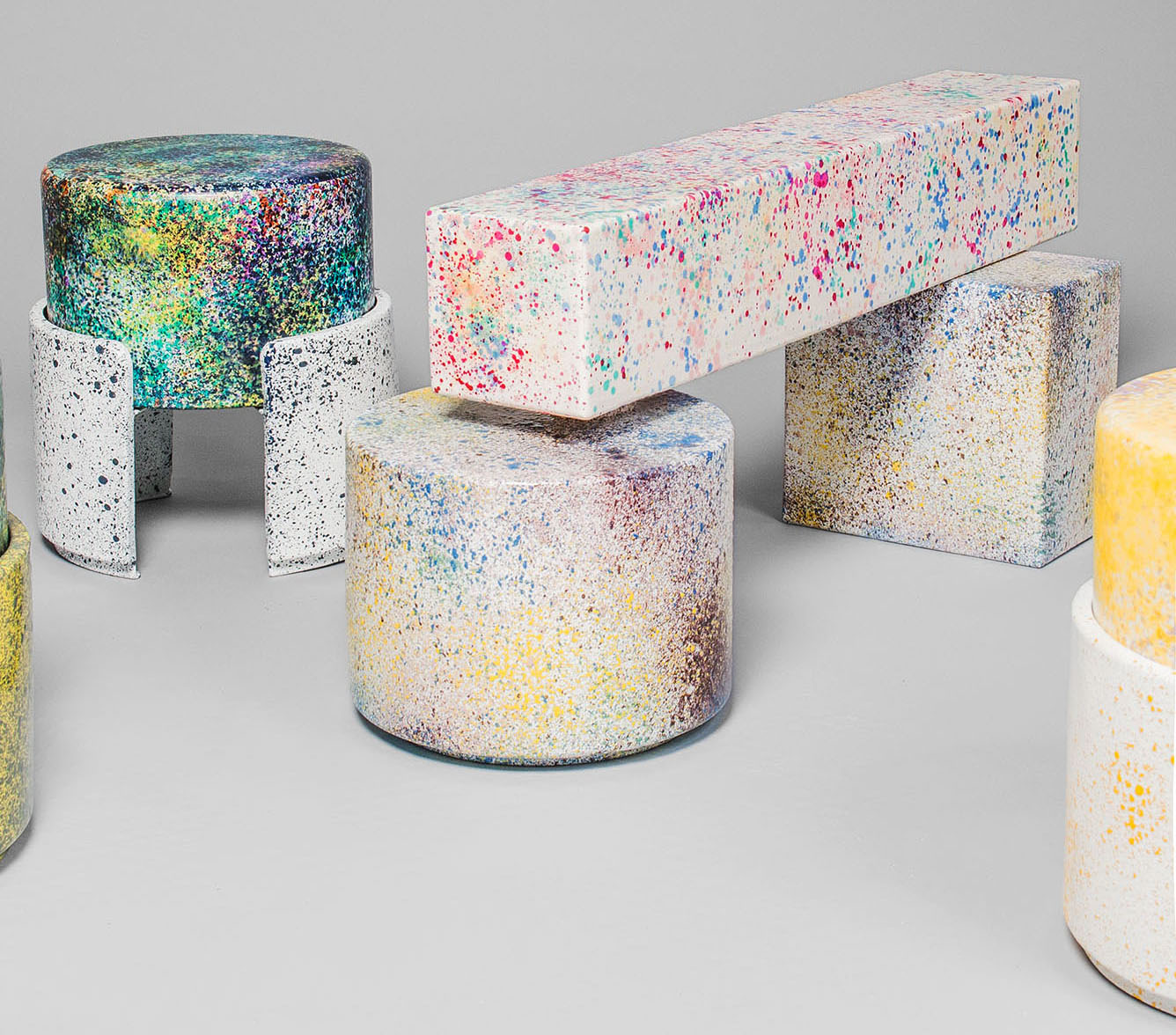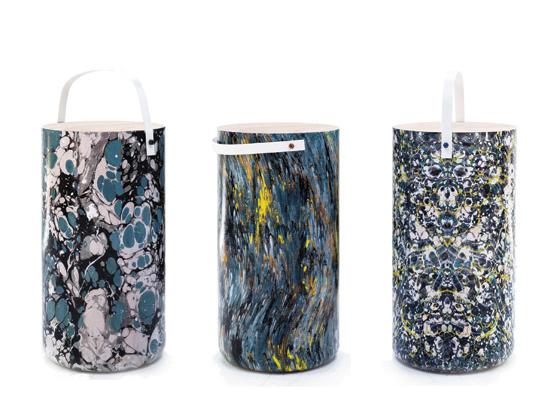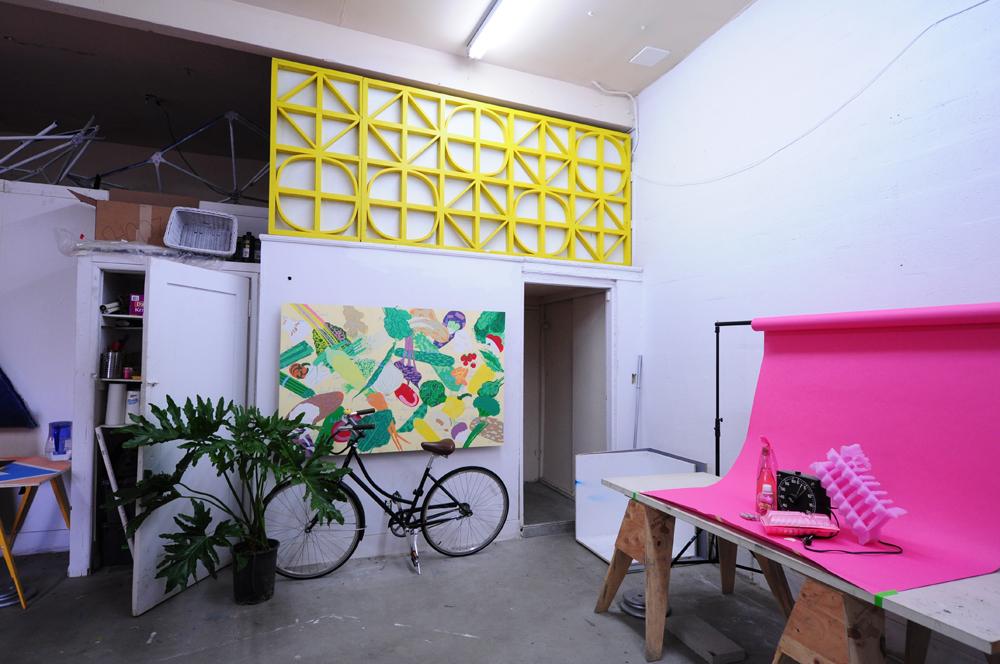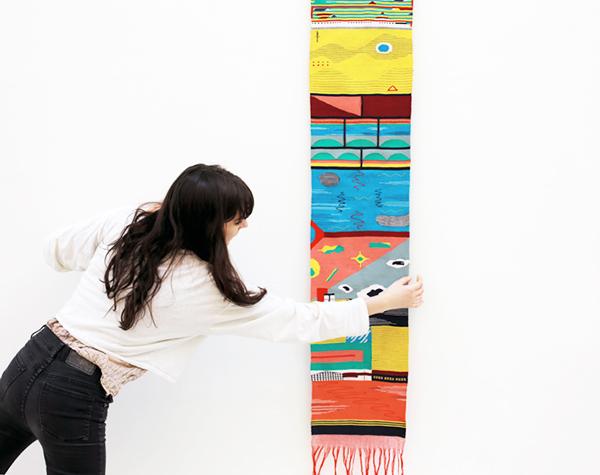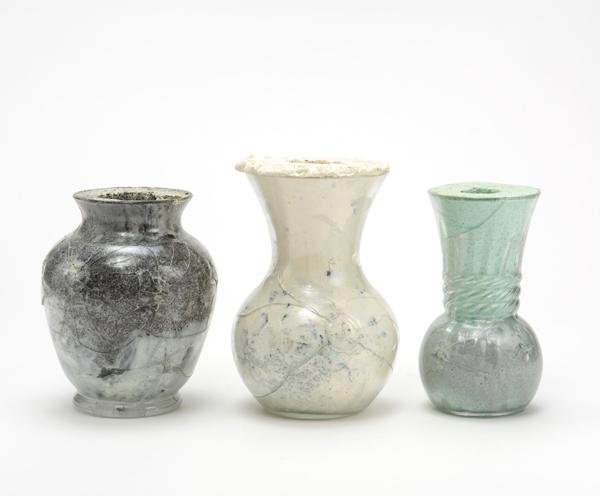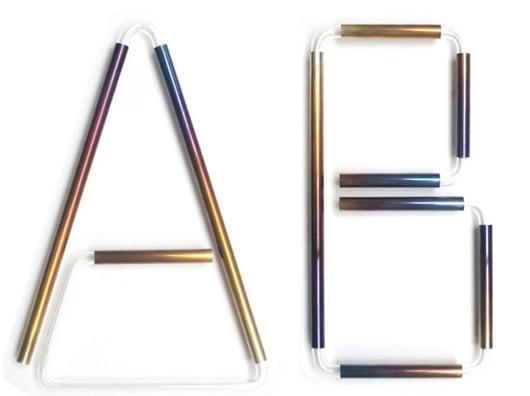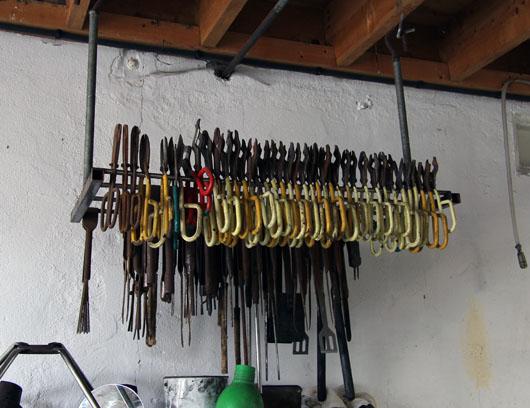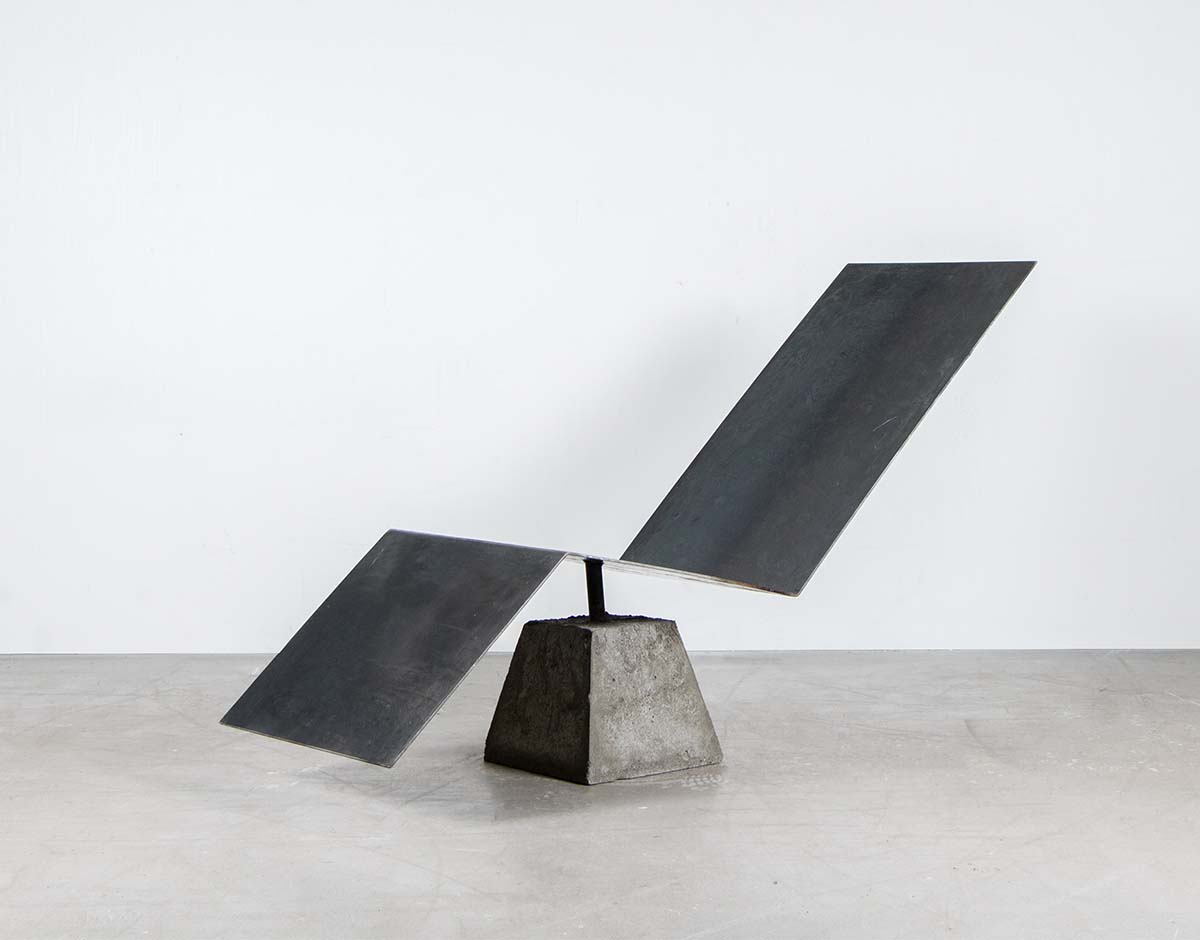
11.03.20
Up and Coming
In Lucas Morten’s Hands, Scandinavian Design Becomes Something Much Darker
Swedish designer Lucas Morten’s Klot chair is sculpted from Styrofoam and his Skal vases are formed from stiffened burlap cloth. These improbable materials are the result of his general curiosity about life and his constant search for beauty. “The whole philosophy behind my objects revolves around breaking the Swedish heritage of ‘functionality first’,” he says. “I’m really inspired by the total beauty that can be found beyond practical aspects and interested in what that kind of beauty means to the human being.”
